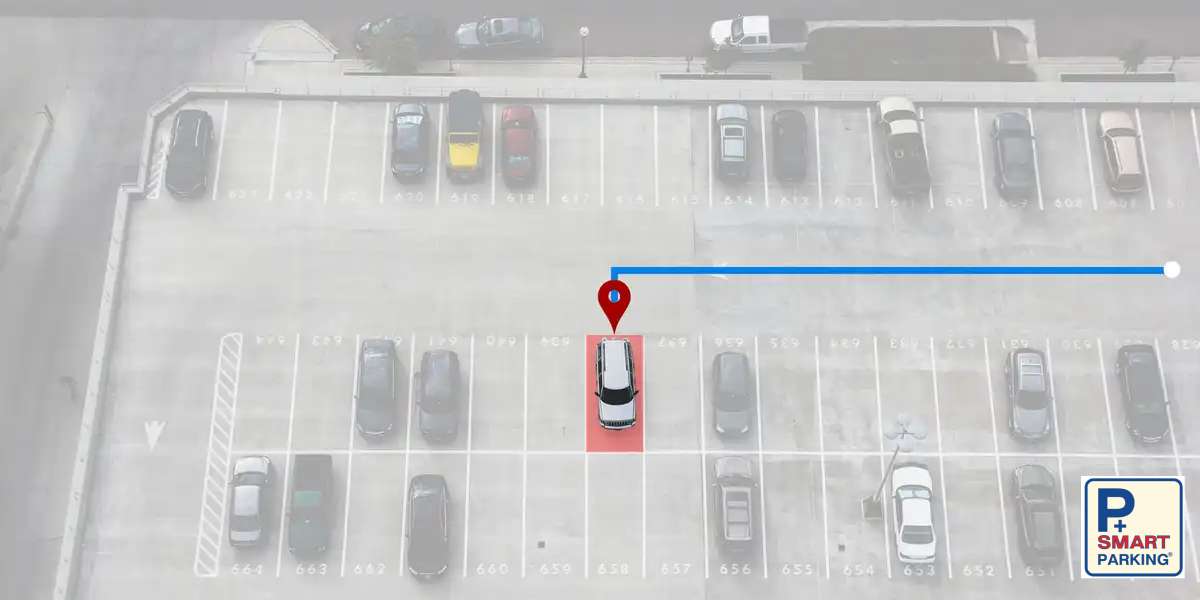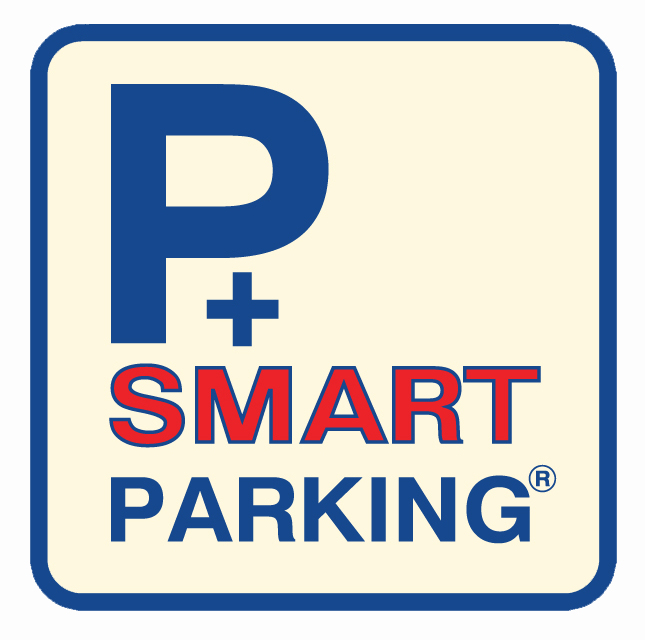Space optimization and effective land usage are among the most significant concerns in today’s rapidly urbanizing world. Conventional parking systems are unable to meet the needs of high-density urban areas, resulting in congestion, loss of space, and higher pollution. Automated Parking is one of the newer technological developments that have emerged to transform the way we park our cars. As a form of smart parking, it offers faster, safer, and more convenient parking experiences, especially in crowded urban areas. Here, in this article, we go deep into what an automated parking system is, how it operates, and the key advantages that it provides to city planners, real estate developers, as well as common motorists.
Table: Comprehensive Overview of Automated Parking Systems (APS)
| Category | Details |
|---|---|
| Definition | A technologically advanced system that parks and retrieves vehicles automatically with minimal or no human intervention. |
| System Types | Semi-Automated Parking Systems (SAPS)
Fully Automated Parking Systems (FAPS) |
| Main Components | – Vehicle entry terminal
– Cameras & sensors – Robotic lifts & shuttles – Central control system – Management software |
| How It Works | 1. The car arrives at entry terminal
2. The vehicle is scanned and logged 3. The robot transports the vehicle to a parking spot 4. Retrieved on demand |
| Key Advantages | Space optimization (up to 60–70%)
Enhanced safety & security Lower operating costs Convenience & time savings Environmental benefits Better architectural integration |
| Implementation Process | 1. Site analysis and design
2. System type selection 3. Tech and equipment selection 4. Construction and installation 5. Integration, testing, training, and launch |
| Applications | Urban developments, commercial buildings, shopping malls, hospitals, hotels, and high-traffic metropolitan areas |
| Future Outlook | Greater AI integration, smarter robotics, seamless interaction with autonomous vehicles, and integration into smart city infrastructure |
What Is an Automated Parking System?
Basically, an Automated Parking System (APS) is a technologically advanced parking system that utilizes sophisticated mechanical, electrical, and software technology to park and discharge automobiles with little or no human intervention. Unlike conventional parking garages, where the drivers themselves manually park their vehicles, an automated parking management system mechanizes the entire process, optimizes space, enhances safety, and reduces operating costs.
An automatic parking garage typically consists of multilevel platforms, robot lifts, shuttles, and computerized systems that all work in a coordinated manner to park cars in a condensed way. The system is very efficient in the urban environment where the space available is less, allowing more cars to be parked in a region.
Automated Parking System and all you need to know about it
An automated parking facility or system is equipment or a facility that automatically parks and retrieves automobiles. It employs a combination of computer programs, sensors, and robotics to move automobiles from access points to parking spaces and back, without drivers having to drive through sharp corners or operate parking vehicles.
They can be fitted into existing buildings or integrated into new ones, and they provide a completely seamless parking experience. They are versatile, and they can be made to accommodate varying sizes of vehicles from small cars to big SUVs.
A Fully Automated Parking System (FAPS) is the peak of parking automation. With FAPS, there are no human attendants or operators; all is taken care of by a central system. The cars are driven and parked with high accuracy by robotic shuttles and lifts, running on a platform and track system.
The Completely Automated Parking System widely uses computer-controlled platforms that move automobiles horizontally and vertically to parking locations. The driver simply deposits the car at an entrance terminal, with the rest in the hands of the system, which parks the car in a small safe location. At the driver’s return, the system retrieves the car and delivers it to a pick-up station. Automated parking is an advanced technology that parks vehicles with minimal human effort, often using systems like rotary robot parking.
How Automated Parking Systems Work
Learning about how automated parking systems work involves examining their most crucial elements and working procedures:
Vehicle Entry:
The driver drops his or her car at an entrance terminal with cameras and sensors. He or she may input his or her desired parking location or simply leave the car for the system to allocate space.
Vehicle Scanning and Identification:
The vehicle is scanned by the system, its information is saved, and a perfect parking space is assigned based on system algorithms that permit maximum space.
Vehicle Transport:
Once the check-in of the vehicle is finished, robotic elevators or shuttles are activated. The mechanical modules move the vehicle on a platform or keep it in a bay.
Storage and Retrieval:
A computer-controlled system parks the vehicle in its space. When the driver wishes to take the vehicle away, the system brings out and hands over the vehicle to the driver at the entrance.
Vehicle Exit:
The driver receives instructions or notification, collects their vehicle, and the loop is completed.
 How to Implement an Automated Parking System
How to Implement an Automated Parking System
Installation of an automated parking management system requires careful planning and implementation. Follow the steps below in detail:
- Site Analysis and Design:
Determine the available space, the number of cars, and the future expansion potential. Design the optimum design that provides maximum capacity while providing safety and accessibility.
- System Type Selection:
Identify if a semiautomated or automatic parking system best fits your project. Cost, spatial constraints, and the extent of automation are considerations.
- Technology Selection:
Select the necessary hardware and software elements—robotic lifts, shuttles, sensors, control software, and user interfaces.
- Building and Installation:
Site preparation, structural component installation, and incorporating mechanical and electrical systems. Coordination with architects, engineers, and automation professionals usually occurs at this stage.
- System Integration and Testing:
Ensure everything works in unison. Perform extensive testing to confirm safety, efficiency, and reliability.
- Training and Maintenance:
Offer training to staff members on how to operate as well as troubleshoot issues in the system. Implement maintenance schedules to ensure smooth operation of the system.
- Operational Commissioning:
Start full operation, monitor system performance, and adjust where required.
Key Advantages of a Fully Automated Parking System
The implementation of an automated parking management system has numerous advantages:
1. Space Optimization
One of the biggest plus factors is space saving. Automated cars can reduce the parking space required by up to 6070%, allowing more vehicles to be parked in an area of lower space. This is very helpful in city centers where space is limited and expensive.
2. Improved Safety and Security
Since there is no need for human drivers or attendants inside the parking lot, there is minimal chance of accidents, theft, or robbery. Vehicles are stored safely in covered systems, and entry can be managed through access control systems.
3. Lower Operating Costs
Automation decreases the labor cost of operating parking lots. Maintenance is also reduced with the efficacy and durability of mechanical components designed to endure long-term use.
4. Convenience and Time Savings
Drivers enjoy faster parking and pickup activities, with the entire transaction most frequently handled by automatic kiosks or mobile apps. This dispenses with congestion and delays, improving the parking experience.
5. Environmental Benefits
Automated parking garages make the environment more environmentally friendly as they reduce emissions. Vehicles use less time idling or searching for parking spaces, and the compact size reduces land and building material usage.
6. Aesthetic and Urban Design Enhancement
Because automated systems can be constructed into building frameworks, they enable architects to create more beautiful buildings without gargantuan open-air parking lots ruining the view.
Conclusion
Automated Parking is revolutionizing urban movement and land use in the future. Through the introduction of automated parking management systems and fully automated parking systems, cities and developers are addressing the issues of limited space, growing demand, and safety. These extremely sophisticated systems work behind the scenes to offer drivers a convenient, safe, and efficient parking experience.
With ongoing technological advancements, we should soon see autonomous car parking systems becoming increasingly sophisticated with even more intelligent algorithms, more advanced robotic elements, and greater integration with intelligent city infrastructure. For those who desire to install such systems, knowing how to install an automated parking system guarantees the installation is successful in providing optimum benefits with the least interruption.
One common type is the Tower parking system, where cars are stacked vertically in a tower-like structure to maximize space efficiency in urban areas.
In short, automated parking is more than a high-tech luxury option, but an essential part of the urban planning of the future. That it has the capacity to optimize space, enhance safety, and foster sustainability is what makes it an innovation that cities now seeking smarter and more efficient answers to their parking problems, cannot afford to miss.
Frequently Asked Questions About Automated Parking Systems
What is an Automated Parking System and how does it work?
An Automated Parking System (APS) is a technology-driven solution that parks and retrieves vehicles automatically with little or no human involvement. The driver leaves the car at an entry terminal, where sensors and cameras scan it. Robotic lifts or shuttles then transport the car to an available parking spot. When the driver returns, the system retrieves and delivers the vehicle back to the exit area efficiently.
What are the main advantages of automated parking systems?
Automated parking systems offer several key benefits, including: Space optimization up to 60–70% more vehicles can be parked in the same area. Enhanced safety and security reduced risk of theft, damage, or accidents. Lower operating costs minimal staffing and maintenance requirements. Convenience and time savings faster parking and retrieval process. Environmental benefits less idling and reduced emissions.
Where can automated parking systems be implemented?
Automated parking systems are ideal for high-density urban environments and commercial developments. They are commonly installed in: Residential complexes and mixed-use buildings Shopping malls, hospitals, and hotels Office towers and smart city infrastructure These systems help maximize land use, reduce congestion, and improve the overall user experience in crowded areas.


